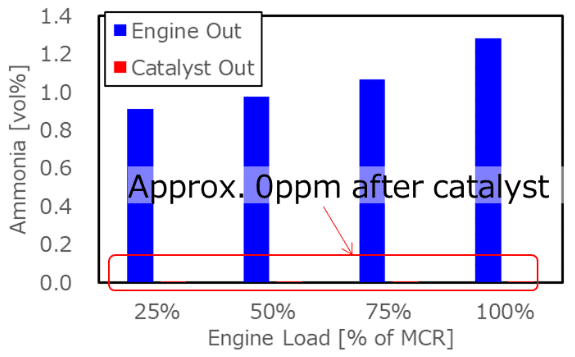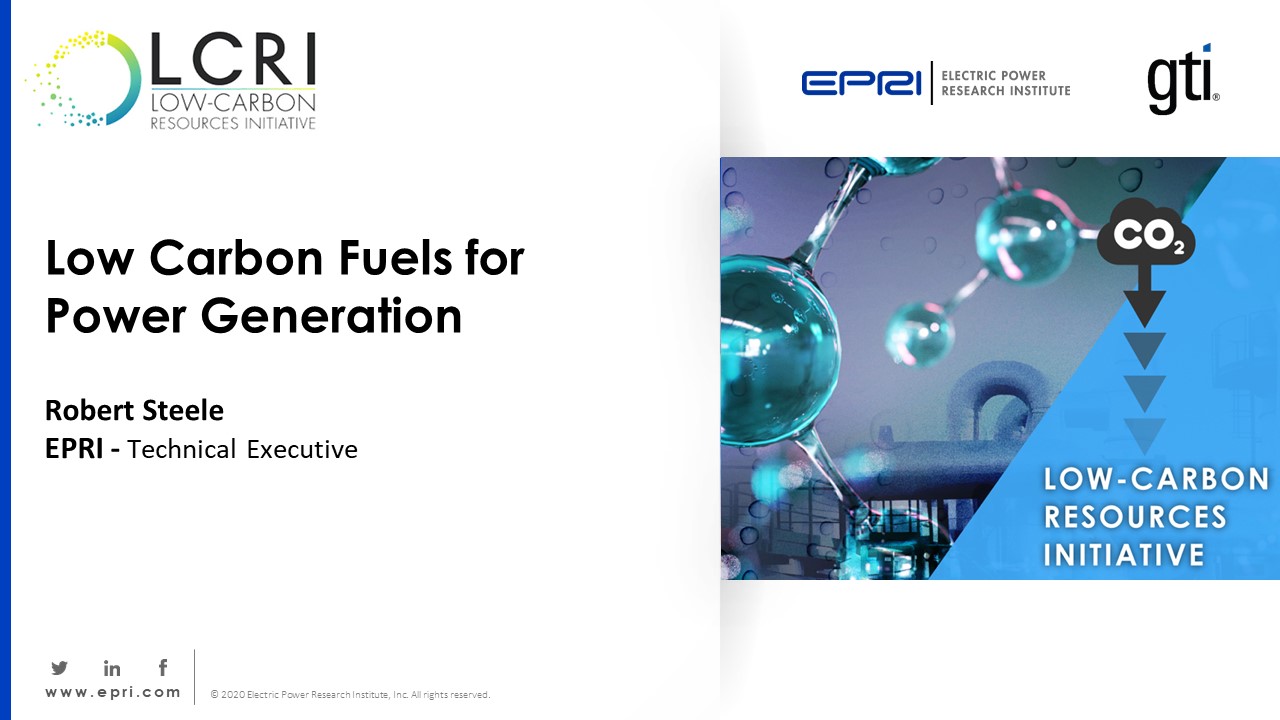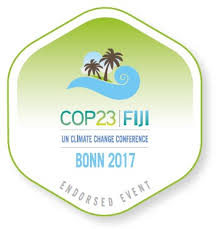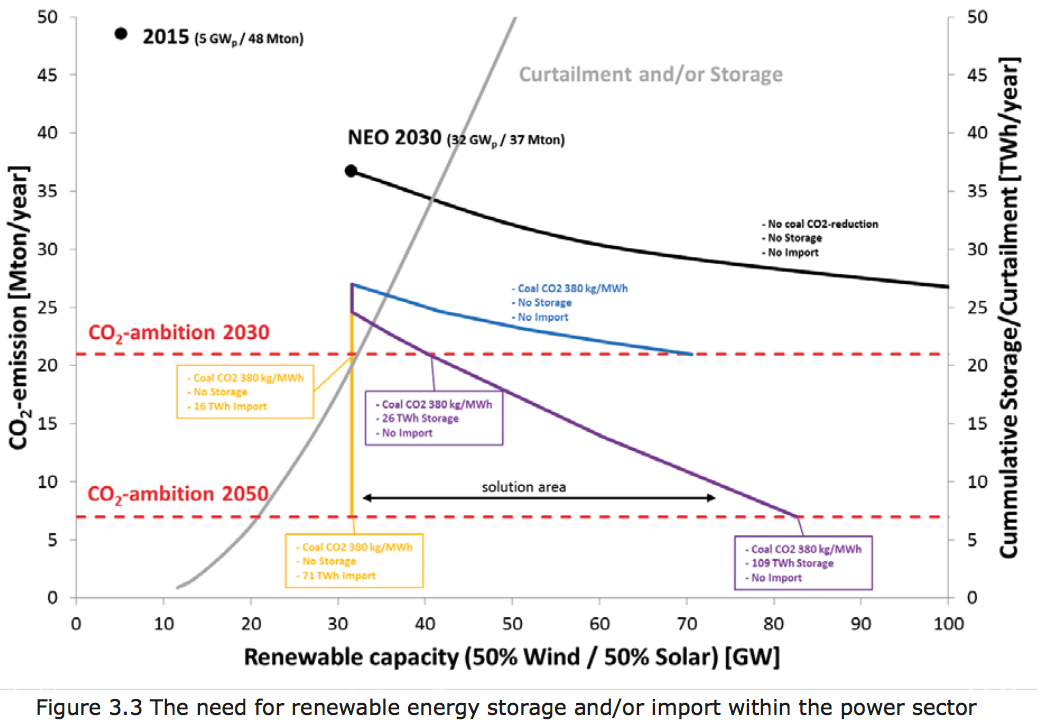Ammonia-Methane Dual Fuel
Emission performance of ammonia-fueled, four-stroke marine engines
We explore recent, full-scale, four-stroke engine testing results from IHI and Wärtsilä. Testing indicates N2O emissions can be almost fully eliminated with catalytic treatment, and significantly lower NOX emissions for engines running in ammonia mode, compared to running on diesel. While ammonia slip remains a key consideration due to the design of a four-stroke engine, catalytic treatment of the exhaust can eliminate even high concentrations, and release mitigation systems have already been designed and deployed to ensure safe operations.
Aurubis to test using ammonia fuel for copper wire production in Germany
A shipment of thirteen tonnes of CCS-based ammonia has arrived in Hamburg from ADNOC’s al Ruwais ammonia plant near Abu Dhabi. This “demonstration cargo” has been in the works since March this year, when ADNOC signed an agreement with a raft of German organisations, including metals manufacturing giant Aurubis. The ammonia will be trialed as fuel to power copper rod production at Aurubis’ Hamburg smelter.
Low-Carbon Fuels for Power Generation
Ignition Delay Times of Diluted Mixtures of Ammonia/Methane at Elevated Pressures
Performance of Ammonia-Natural Gas Co-Fired Gas Turbine for Power Generation
Green Ammonia Consortium Comes to the Fore in Japan
On December 8, the Nikkei Sangyo Shimbun ran a story about the future of coal-fired electricity generation in Japan. The story touched on topics ranging from the plumbing in a Chugoku Electric generating station to the Trump administration’s idiosyncratic approach to environmental diplomacy. And it contained this sentence: “Ammonia can become a ‘savior’ of coal-fired power.” Clearly an explanation is in order.
Methods for Low NOx Combustion in Ammonia / Natural Gas Dual Fuel Gas Turbine Combustor
SIP "Energy Carriers" video: ammonia turbines, industrial furnaces, fuel cells
To demonstrate the progress of the SIP "Energy Carriers" program, the Japan Science and Technology Agency last week released a video, embedded below, that shows three of its ammonia fuel research and development projects in operation. R&D is often an abstract idea: this video shows what it looks like to generate power from ammonia. As it turns out, fuel cells aren't hugely photogenic. Nonetheless, if a picture is worth a thousand words, this will be a long article.
Power to Ammonia: the Eemshaven case
The Institute for Sustainable Process Technology recently published a feasibility study, Power to Ammonia, looking at the possibility of producing and using ammonia in the renewable power sector. This project is based in The Netherlands and is led by a powerful industrial consortium. I wrote about the feasibility study last month, but it deserves closer attention because it examines three entirely separate business cases for integrating ammonia into a renewable energy economy, centered on three site-specific participants in the study: Nuon at Eemshaven, Stedin at Goeree-Overflakkee, and OCI Nitrogen at Geleen. Over the next few years, the group intends to build pilot projects to develop and demonstrate the necessary technologies. Next month, however, these projects will be an important part of the Power-to-Ammonia Conference, in Rotterdam on May 18-19. This article is the first in a series of three that aims to introduce each business case.








